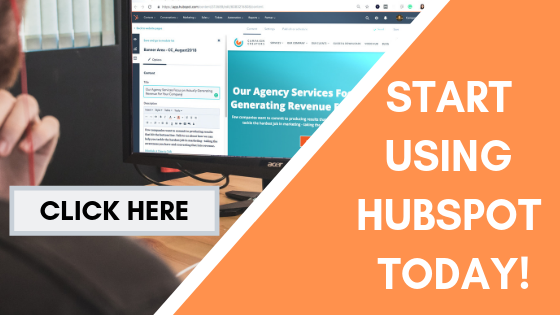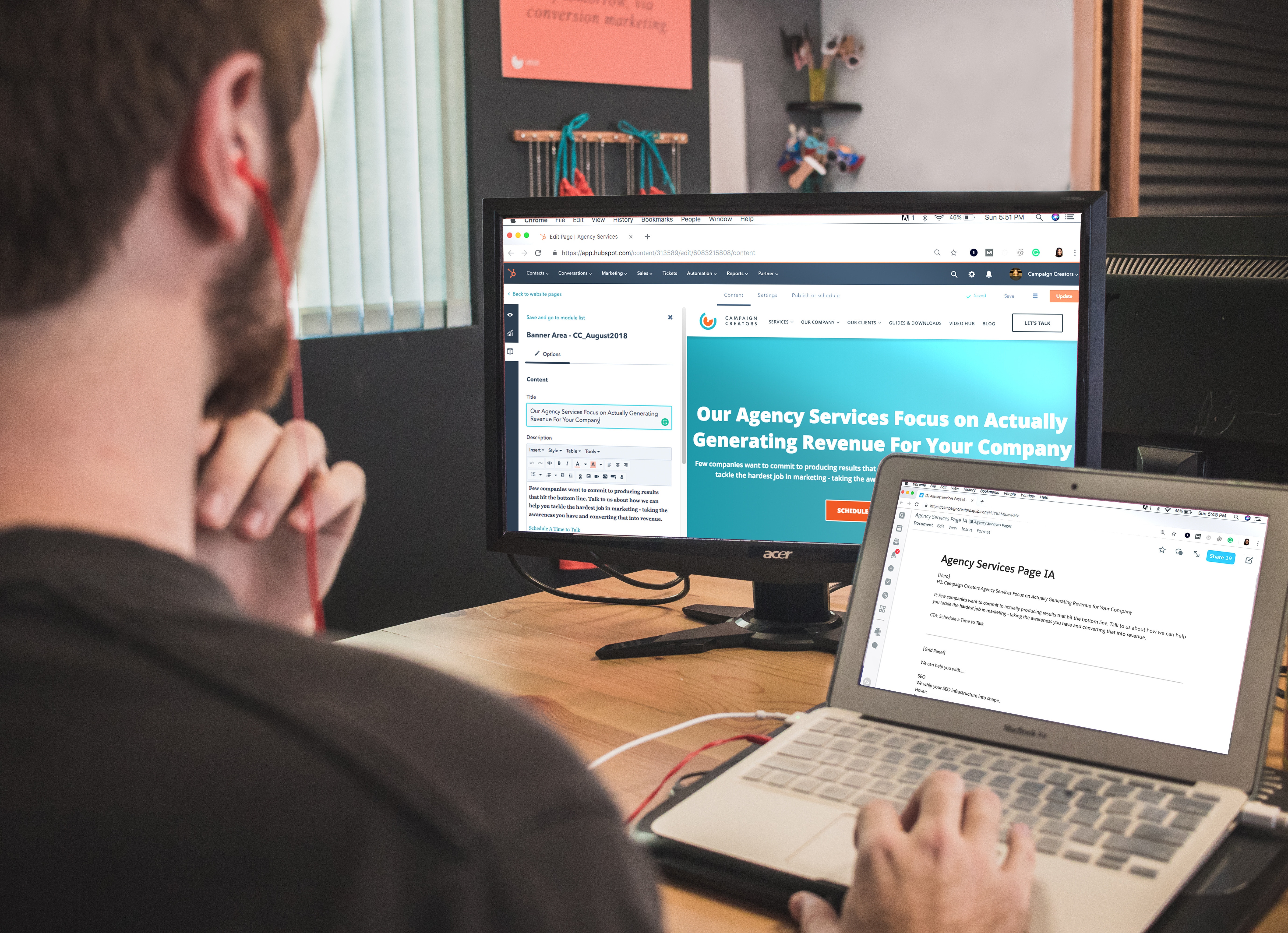
Content marketing is essential to your company’s success. It can help you reach new markets, drive customers down the sales funnel, and demonstrate your company’s thought leadership in your industry.
Unfortunately, many B2B organizations get so caught up in producing new content that they forget or don’t have time to check their performance metrics. According to a 2018 Content Planning Report, only 51% of content marketers adjust their content planning based on historical performance. And for the 49% who do review their metrics, they are swimming in so much information—much of it extraneous data they don’t need—that it’s almost impossible to figure out what’s valuable and what’s not.
The key is only paying attention to the actionable analytics—those data points that actually help you get an accurate picture of how your content is performing. These metrics provide you with actionable strategies for improving your ROI and meeting your goals.
How to Get Started
To get started utilizing actionable analytics, you have to first set your marketing benchmarks and goals. It’s from this starting point that you’ll gain insight into the performance of your content marketing. Because to know if your analytics are actionable, you have to be able to answer one simple but profound question:
Is what we’re doing working and why?
There are dozens of benchmarks to consider, but some of the most important for B2B marketers include:
- Conversion Rates: How many visitors, leads, or viewers it takes to get one person to perform a desired action.
- Average Lead to Opportunity: How many leads does it usually take get a qualified lead (sales opportunity).
- Average Opportunity to Sale: How many leads it takes to convert someone to a sale.
- CTA Click Through Rate: The number of people who click on a call to action.
- Email Open Rate: How many of your email subscribers open an email.
- Other email benchmarks include the click-through rate, unsubscribe rate, and bounce rate.
Measure the Results
Once you’ve outlined the critical benchmarks for your B2B content marketing strategy, it’s time to measure the results. Unfortunately, it seems like there is an endless number of KPIs to watch out for, so how do you know which are actionable and which are okay to ignore?
Most KPIs are consumable and valuable in one way or another, but for B2B marketers, there are eight crucial KPIs you want to pay attention to in order to improve your content marketing.
1. Content Consumption by Device
If you want to know how your content is performing as well as the action and intent of your leads, you need to break down your content by various devices. Don’t just look at impressions and click-through rates overall; look at where people are performing those actions.
Do more people click on a link when on mobile or on their desktop? Can you extrapolate patterns about the amount of time someone spends on your page based on the device? These insights are critical to the user experience and can help you optimize your website and content for all visitors.
2. Content Consumption by Region
It’s also imperative that you keep your eyes on where your traffic is coming from. Knowing whether people in the U.S. Midwest or in Germany consume your content will drastically inform your future content marketing strategy.
For example, if you see your content consumption trending upward month-over-month for the UK, you might want to dig into your content and start using British spellings or share critical news from that region. At the same time, if UK users are consuming your content but those same individuals are not becoming customers, you’ll need to look deeper into your strategy to shift your content for a more appropriate audience.
3. Assisted Conversions
Assisted conversions are essential for content marketers to track because they assign credit to user actions on the way to the sale/conversion. It allows you to give multi-touch attribution, which gives you insight into which content really helped move the needle.
For example, before someone fills out a form on your website, they might have first clicked an ad or downloaded a whitepaper. Assisted conversions help you analyze lead quality based on your content, so you can better move customers down the funnel.
4. Paid and Organic Keyword Performance
Which keywords are driving audience engagement; which are driving clicks to your website or contributing to assisted conversions? Pay attention to both your paid and organic keywords to determine which phrases are best. Then, prioritize those keywords in your SEO efforts.
5. Email Marketing Performance and Trends
You need to be tuned into your email marketing analytics because they offer a valuable source of insight about your customers. Dig into the data by taking a look at your open rates, click-throughs, unsubscribes, and bounce rates. Then, identify trends.
Use your email analytics to find out what resonates best with your audience. Then, use that same information to validate or improve all of your content marketing efforts.
6. Content Performance by Topic and Buyer Persona
Segment your data by topic or buyer persona for a better idea of how your content performs for the audience that it fits the best. You want to know if your content is more or less visible to your target audience, and how to shift your strategy to better meet demand.
7. Engagement Metrics
Getting thousands of visitors to your website only to have them bounce off your site within seconds won’t do you much good. That’s why it’s essential to pay attention to more than just your overall traffic; you need to pay attention to engagement. Look at your bounce rate, time on page, clicks, and conversions to see how your content resonates with your customers.
8. Overall Traffic Trends on Your Site/Blog
Keeping an eye on traffic trends—whether more or fewer visitors are heading to your website or blog compared to the previous month or year—will also inform the type of content you create. For example, let’s say you see that organic traffic to your blog is trending down. Then, you need to dig into your content report to find out what type of blogs gained you the most organic traffic. From there, you can do what needs to be done to fix the problem.
Optimize Your Content Marketing Strategy
Lastly, you need to take those actionable analytics and make a plan to optimize your content marketing strategy. To do this effectively, you need a dashboard where you can monitor your actionable analytics and then make quick, executive decisions for moving forward. HubSpot is a great tool for this.
When you start using HubSpot, you’ll be able to look at all the data as a whole—helping you spot trends—and piece-by-piece, so you get the complete story. In this way, you can paint a realistic picture of how your content marketing is performing and make tweaks and implement entirely new campaigns to get the ROI you want.
You can easily start using HubSpot, today, and we at KeyScouts will be happy to help. Contact us for more information about how to use HubSpot to improve your content marketing.






